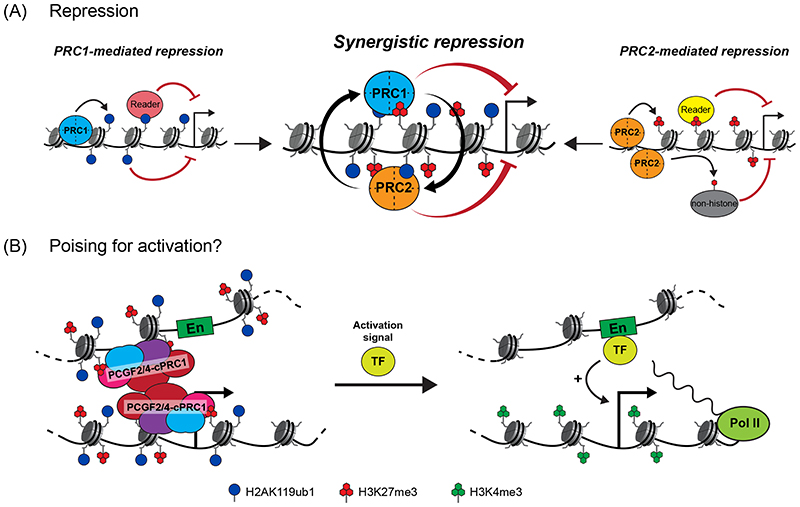Figure 6. Mechanisms of Polycomb-mediated gene regulation.
(A) Despite the integration of their activities in Polycomb chromatin domains, the mechanisms that enable Polycomb repressive complex 1 (PRC1) and PRC2 to counteract transcription appear to be distinct. PRC1-mediated gene repression is driven by ubiquitylation of histone H2A Lys119 (H2AK119ub1), possibly mediated by the activity of H2AK119ub1-reader proteins or, more directly, by the installation of the bulky ubiquitin moiety into chromatin and thus antagonising some aspect of transcription (left). PRC2-mediated repression appears to involve readers of tri-methylated histone H3 Lys27 (H3K27me3) or methylation of non-histone substrates (right). Importantly, although PRC1 and PRC2 can independently counteract transcription, the communication and feedback between PRC1 and PRC2, which support the formation of Polycomb chromatin domains, appear in some contexts to synergise the repressive activities of PRC1 and PRC2 at target genes (centre), thereby providing a robust barrier against inappropriate gene expression.
(B) In some contexts, Polycomb complexes can activate genes. Canonical PRC1 (cPRC1) mediates the formation of chromatin topologies that can bring poised enhancers (En) and their target promoters into close proximity (left). Once activation signals are received at the enhancer through transcription factor (TF) binding, this could support rapid induction of transcription (right).
PCGF2/4, Polycomb group ring finger 2 or 4; Pol II, RNA polymerase II.

